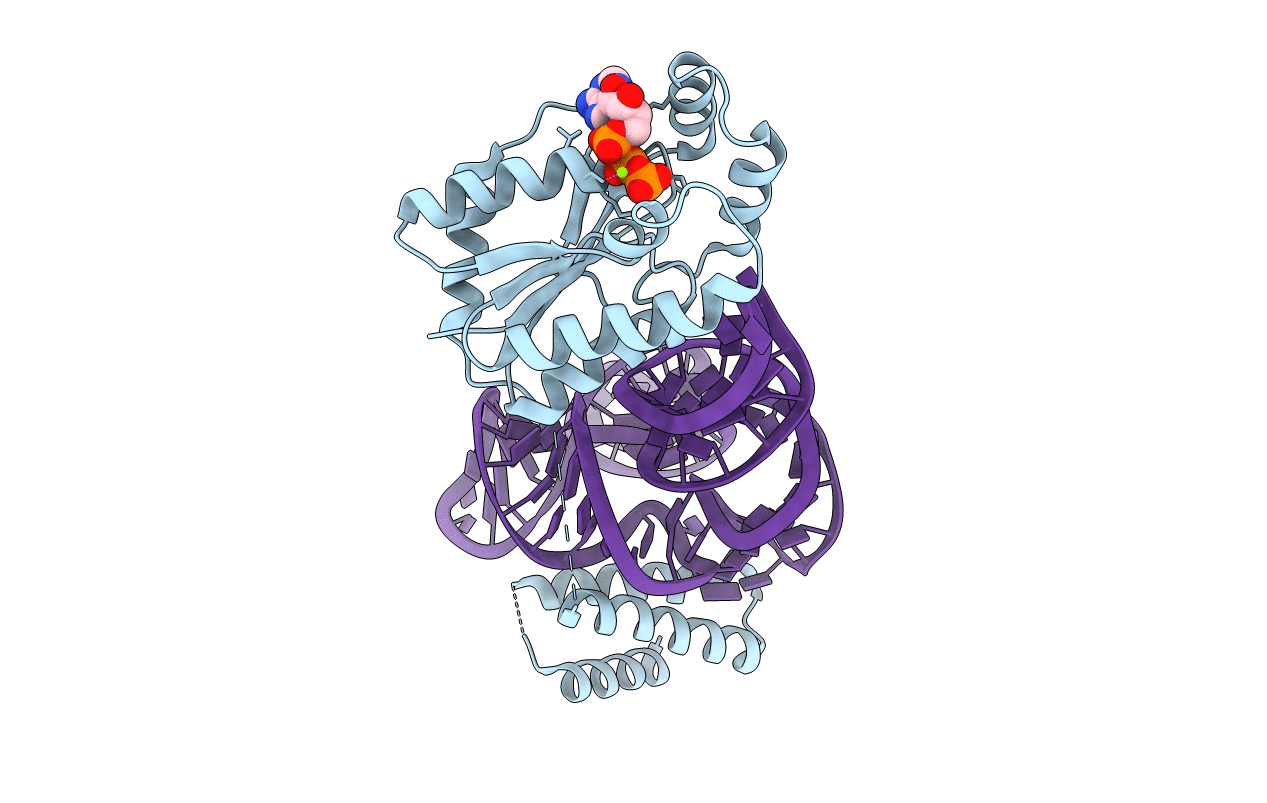
Deposition Date
2010-08-11
Release Date
2010-12-29
Last Version Date
2023-11-01
Entry Detail
PDB ID:
3AM1
Keywords:
Title:
Crystal structure of O-Phosphoseryl-tRNA kinase complexed with anticodon-stem/loop truncated tRNA(Sec)
Biological Source:
Source Organism:
Methanocaldococcus jannaschii (Taxon ID: 2190)
Host Organism:
Method Details:
Experimental Method:
Resolution:
2.40 Å
R-Value Free:
0.29
R-Value Work:
0.22
R-Value Observed:
0.23
Space Group:
P 31 1 2


